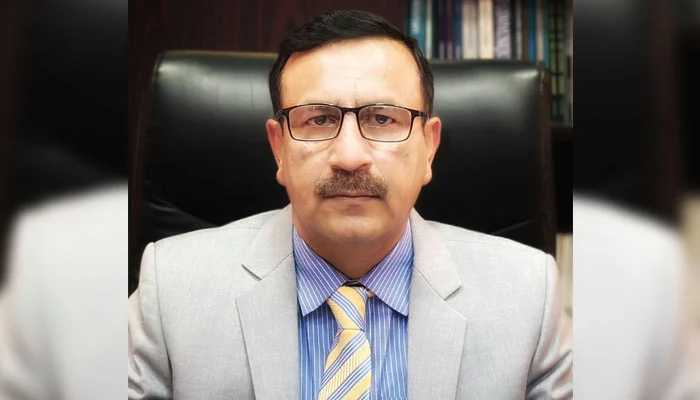Global survey highlights violence against women journalists
 The survey conducted by INSI and IWMF has exposed the difficulties facing female journalists around the world (INSI)
The survey conducted by INSI and IWMF has exposed the difficulties facing female journalists around the world (INSI)
Almost two thirds of female journalists have experienced intimidation, threats or abuse in the course of their work according to the first global survey conducted by the International News Safety Institute (INSI) and the International Women’s Media Foundation (IWMF).
The survey, which was taken by 875 women working in the news media, with 251 from Asia and the Pacific, 189 from North America, 172 from Europe, 111 from Africa, 98 from Latin America and 15 from the Commonwealth of Independent States.
It found that the majority of the threats, intimidation and abuse directed towards female media workers occurred in the work place and were committed by male bosses, supervisors and co-workers.
The survey also found that the majority of women who are harassed do not report what has happened to them, despite the fact that more than half of them confirmed that the experience had a psychological impact on them.
Violence goes unreported and unpunished
INSI director, Hannah Storm said: “When we talk about safety for the media, we often think in terms of staying safe in war zones, civil unrest and environmental disasters, but how often do we think of the office as a hostile environment?”
“What this ground-breaking survey shows is that women journalists are often at risk in their own work places as well: targeted by their colleagues, and because they are let down by the very people they should be able to trust, the violence and harassment they face goes widely unreported and therefore unpunished,” she added.
Executive director of IWMF, Elisa Lees Munoz noted: “It is shocking to see that more than half (64.48%) of the 822 women journalists who responded to our survey have experienced some sort of ‘intimidation, threat or abuse’ in relation to their work.”
“With around 20% of respondents experiencing physical abuse as well as digital surveillance and attacks, the results are a clear indicator of where we need to put our attention in order to provide assistance to those confronting these attacks as well as to develop strategies to mitigate them,” added Munoz.
In addition, 105 women said they had experienced physical violence in relation to their work, with almost 60% saying it happened in the “field” and almost 40% saying it occurred in the street. Most of the perpetrators were men.
Almost half of the 605 respondents said that they had experienced sexual harassment in relation to their work, and that male colleagues had been responsible in almost 50% of cases. Some 63 out of nearly 500 women said that they had experienced sexual violence in their work.
In the light of recent high profile incidents in the media, the survey asked respondents if they had ever been the victim of telephone tapping, hacking or digital security threats.
Almost a quarter of those who answered the question said they had been victims of phone-tapping, which was slightly higher than the number who said they had been hacked or subjected to digital or online surveillance.
Of the women who participated in the survey, over one third were aged between 25 and 34, although the overall age range of respondents was 18 to 75.
More than 80% described themselves as journalists or reporters, although photographers, camera or sound people, presenters, media support workers, bloggers, columnists, trainers, and researchers were also represented. Almost half worked in newspapers and just over half classed themselves as employees as opposed to freelancers.
Support for the future
The survey concluded by asking respondents if their organisations provided any kind of resources or training for them to deal with possible harassment or violence and any kind of emotional support or counselling. The overriding majority said they did not, though many women offered practical suggestions as to ways their employers could better support them in these areas.
INSI and IWMF explained that they will be providing further information related to the survey, as well as case studies and analysis, to coincide with International Women’s Day in March 2014.
The groups will also provide a series of recommendations aimed at improving the safety and security .
Source.iNSI


